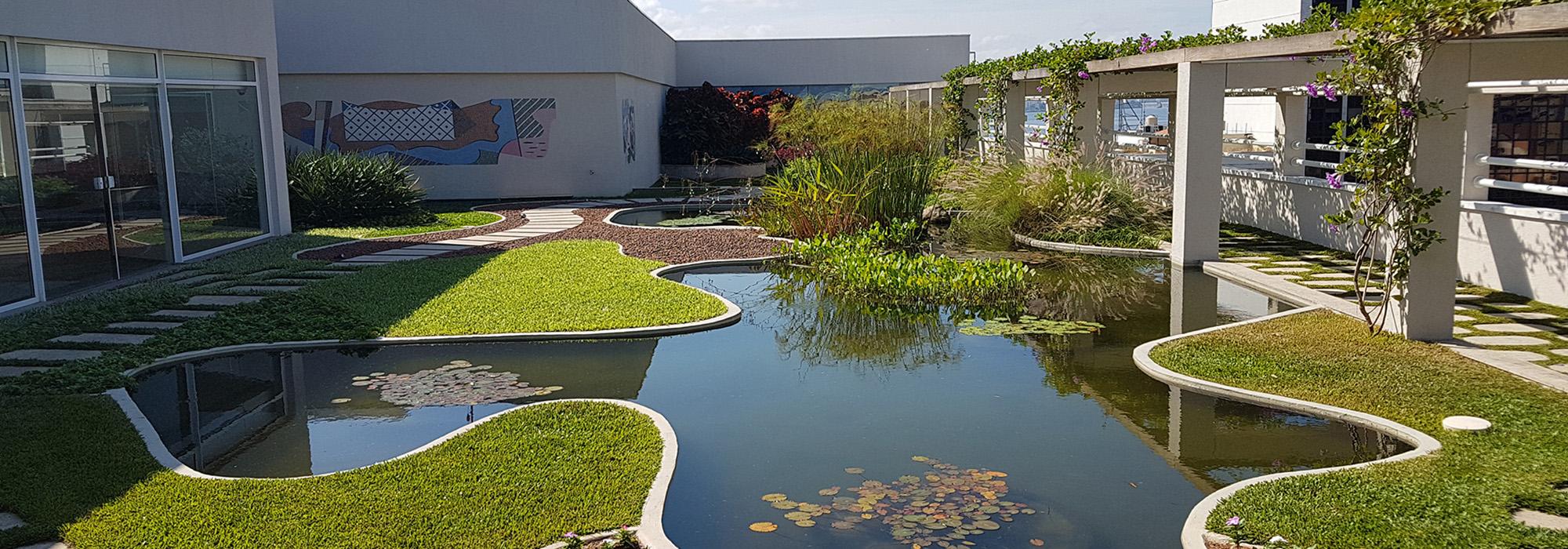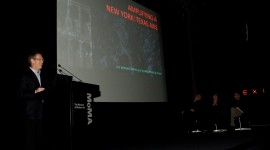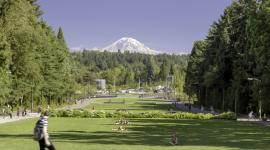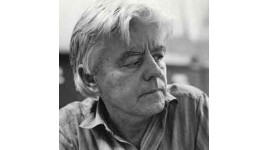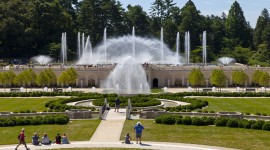Spotlight on the Instituto Burle Marx
Located in Rio de Janeiro, the non-profit Instituto Burle Marx is on a mission to “preserve, catalyze and disseminate the legacy of Roberto Burle Marx in order to inspire and stimulate new initiatives.” Officially established in 2018, the organization is in some ways an outgrowth of the Burle Marx Landscape Studio, a design practice that traces its roots to 1955, when Burle Marx founded it. The design studio is now in the hands of partners Isabela Ono, Julio Ono, and Gustavo Leivas.
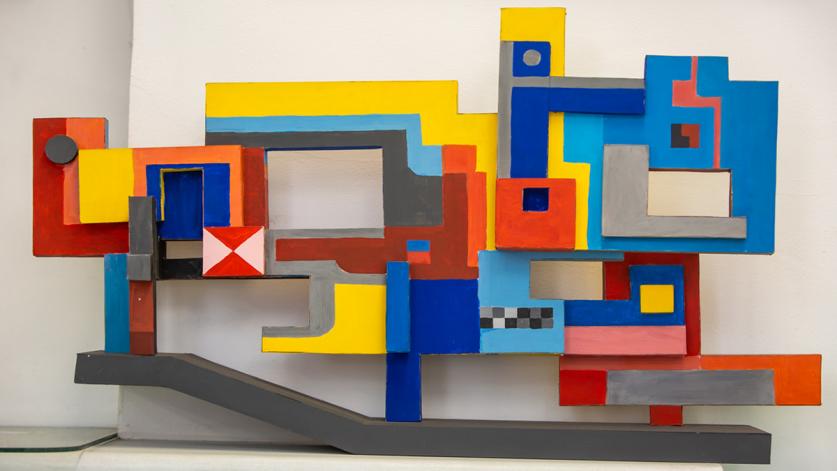
The trio is further connected to the studio’s founder through Haruyoshi Ono, the father of Isabela and Julio, who came to work for Burle Marx in 1965. The two men would maintain a close working relationship until the latter’s death in 1994, after which the elder Ono became the studio’s chief designer—but also the living, creative connection to the legacy of a world-famous artist.
“One can say that the two men were opposites but, at the same time, complementary,” said Isabela One, recalling her father’s work with Burle Marx. “One was the artist, extroverted—a solar person—and the other was the Japanese perfectionist, creative but introverted.”
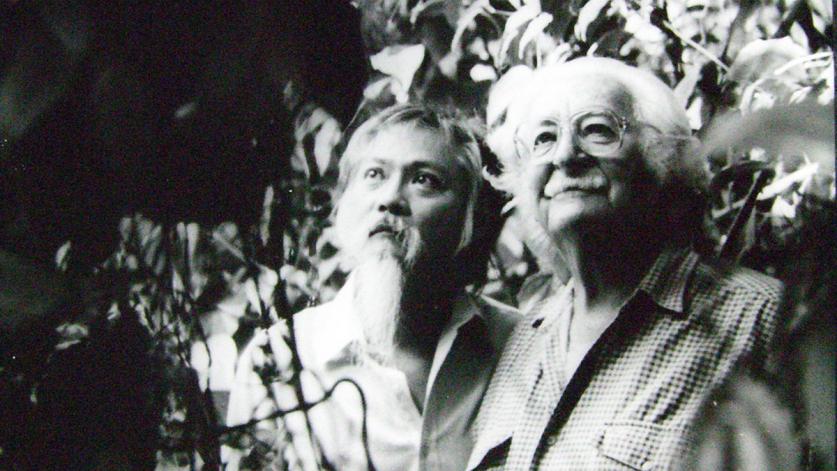
Haruyoshi Ono worked with Burle Marx for nearly 30 years, contributing to the design of countless landscapes, including the well-known Calçadão de Copacabana in Rio de Janeiro. Over time, a deep friendship was formed. “My father always talked about the importance of Burle Marx’s legacy and the urgency to work to preserve the extensive archival materials related to this work,” said Isabela Ono, who now serves as the institute’s director.
When Haruyoshi Ono passed away in 2017, Isabela and Julio, along with Leivas, began to manage the studio. They also began to think about how to manage what had become a sizeable archive representing decades of creative work. The answer was the newly formed Instituto Burle Marx, which maintains a multitude of fragile plans, historical documents, letters, original drawings, sketches, photographs, and ephemera, all of which it aims to conserve and eventually digitize as the basis for a publicly accessible research database.
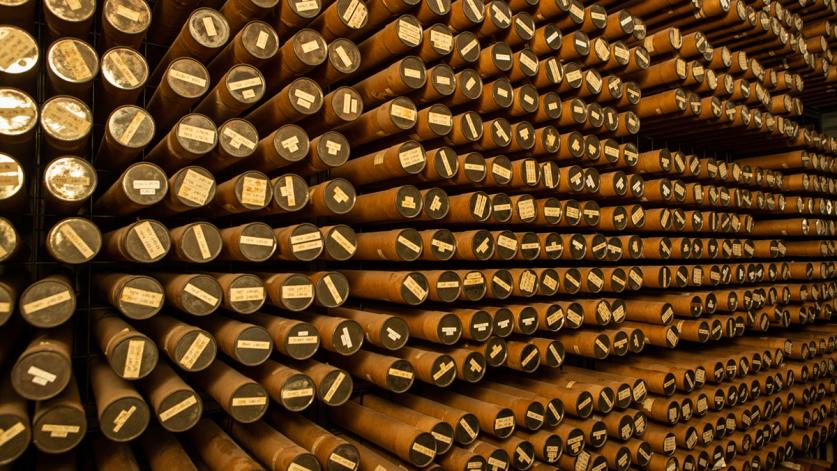
“We have a unique collection that derives from one of the most important artists of our time,” said Ono, “and its important for us to shed light on Burle Marx’s story, to enlarge present and future discussions about art, landscape, history, nature, and the environment.”
Part of that story is the fact that in addition to designing truly remarkable spaces as a pioneer in the field of landscape architecture, Burl Marx was among the first to publicly call for the preservation of the Brazilian rainforest, an imperative that now seems all the more prescient in the wake of recent and ongoing fires that are devastating the region. “In the 1960s, Burle Marx began the discussion about the environment and the sustainability of the rainforest that we’re still having today. Many of his environmental and social concerns were expressed in his public projects, which also convey his ideals as open, democratic spaces.” Ono said.
The Instituto Burle Marx is now in the process of raising money to support work on a permanent facility and to begin cataloging and digitizing the archival materials. Further information is available by writing to info@institutiburlemarx.org.



